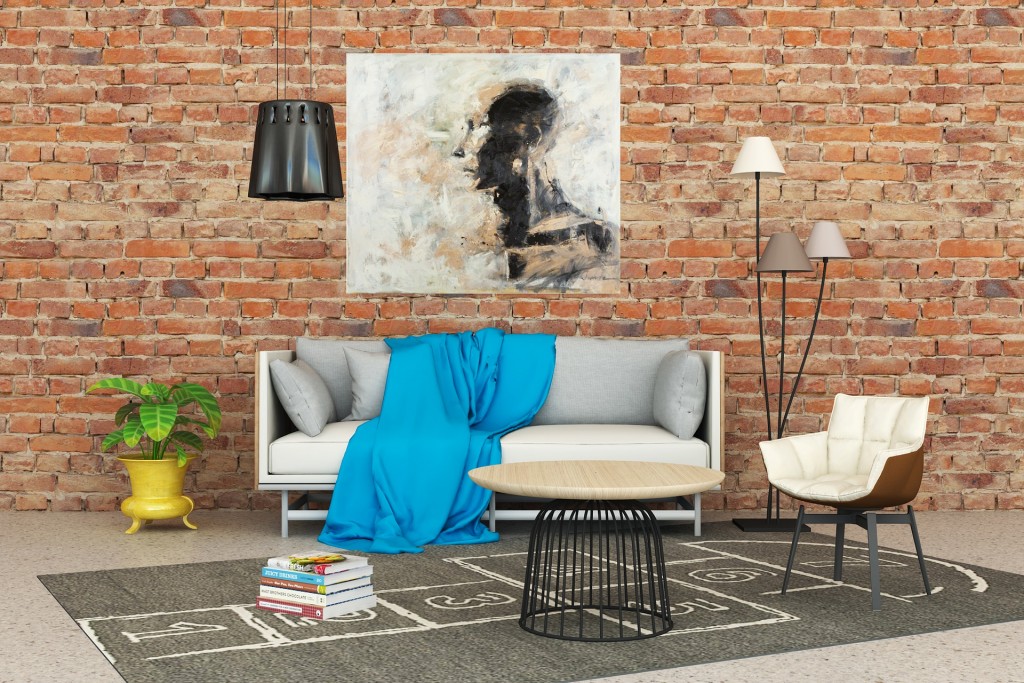It can be daunting to think about renovating your home, but the benefits are well worth the work. Whether you’re looking to incorporate a new trend, need more space, or just want to update your kitchen and bathroom — there’s no better time than now!
There are a few important things you should do before starting your renovation that will make sure it goes smoothly from start to finish. Here are five tips to ensure your home renovation goes to plan.
Tip #1: Get Organized and Plan Ahead
Renovating your home can be expensive, so it’s important that you stay on track with a budget in mind. Determining how much work the renovation will entail before you start the project will help set expectations for costs and timing (and help you avoid any surprises at the end)! Make sure you have all of your materials ready to go when they’re needed — from paint colors picked out to furniture ordered. Organization is essential!
Be realistic about what you want first and then focus on what’s practical for your home. It may seem like an obvious step, but make sure there are no unnecessary upgrades or features included. Renovations should always improve your home and your family’s quality of life, but don’t forget the practicality of it all!
Tip #2: Divide and Conquer: Break Big Tasks into Manageable Chunks
Renovating your home can be an intimidating project. However, with some organization and planning, it is possible to manage the project in much smaller chunks. This will ultimately make the process more manageable for you.
The first step is deciding what needs to be done, in order of importance and timeline. This can help you plan out when certain tasks need to happen and if there are any that can wait until later. For example, painting might not need to happen before installing new flooring or laying down tile. Speak with your contractors and understand what’s best for your unique renovation. If you’re painting the walls yourself, it might be safer for you to do it before installing the floors, whereas professionals can paint after the floors are in place. Another important step is figuring out where everything goes while work takes place in other areas of the house; this helps keep things organized, which also makes the process more manageable.
One easy way to break down a big project is to create a room-by-room checklist that covers every section of the house: living room, bedroom, kitchen, bathroom, etc. This list should include everything from window treatments to flooring ideas for each space, and it allows you to see the project in smaller chunks and what flows between each section.
Tip #3: Be Realistic About What You Can Do on Your Own
Renovating your home can overwhelm you when thinking about where to start and how to do it. Be realistic about the scope of work you can do on your own and what will require professional help. It is important to hire contractors as needed when a task exceeds your abilities or the time frame available. Hiring professionals may come at a higher expense initially but will cut down on time spent doing the work.
If you’re looking to hire a contractor, it’s important that you find someone who understands the requirements of your state/country. For instance, some places require workers’ compensation insurance while others don’t — so before signing on with anyone, make sure you know what kind of coverage they require and get any necessary permits beforehand!
Once you’ve gone ahead with a contractor, be sure to communicate openly with them throughout the process. Regular check-in meetings are always a great idea. Keeping an open dialogue about any snags along the way can be hugely beneficial. Your contractor will have likely encountered similar issues before and can provide helpful advice for how to get past them quickly with no additional hassle. Remember: they are there to help you every step of the way.
Tip #4: Design the Furniture to Fit Your Space
Designing furniture is a daunting task for most people. You need to consider all the dimensions, from height and width to depth and weight restrictions. When you design your space, it’s important that the furniture fits in with your design without taking up too much space or blocking off certain areas like walkways or doorways. The kitchen, dining area, living room, and bedroom are some rooms that require careful consideration. Below are a few tips to create the perfect design for your space.
- Make sure there is plenty of space between the walls and any furniture pieces.
- Design your space so that all tables can fit against a wall or other piece of furniture if needed (think corner coffee table).
- Customizable or adjustable furniture can be a great way to save space! Try a modular sofa in an outdoor friendly fabric to accommodate all of your guests.
Tip #5: Be Patient – It’s Worth It in the End
With the right planning and support, you’ll get through this project and be so glad that you did. Factor in some buffer time for expected bumps in the road that can happen during a renovation, and be sure to ask your contractor for advice on how best to get through them. Following these tips will help make it the smoothest and most fun process possible. Don’t forget to celebrate the completion of the project when you’re done — you’ll have a home with a new life!

What are your favorite tips for renovating? Have you learned any new tricks that make the process easier or more enjoyable? Leave them in the comments below!





